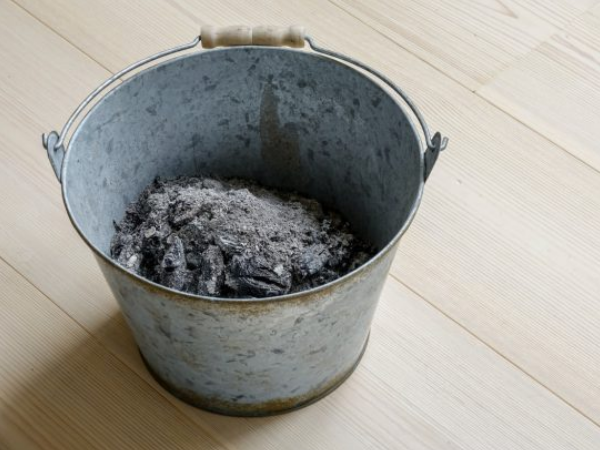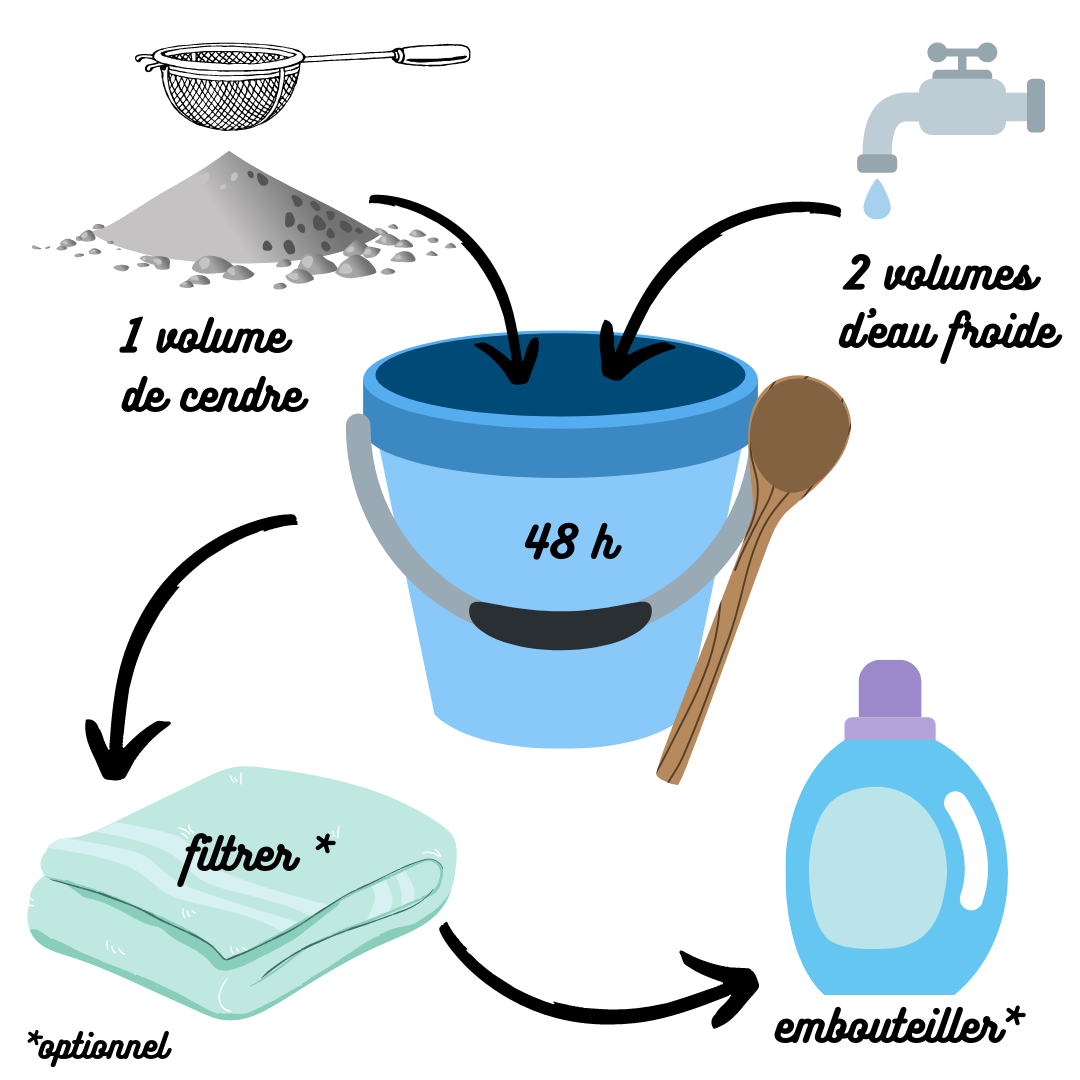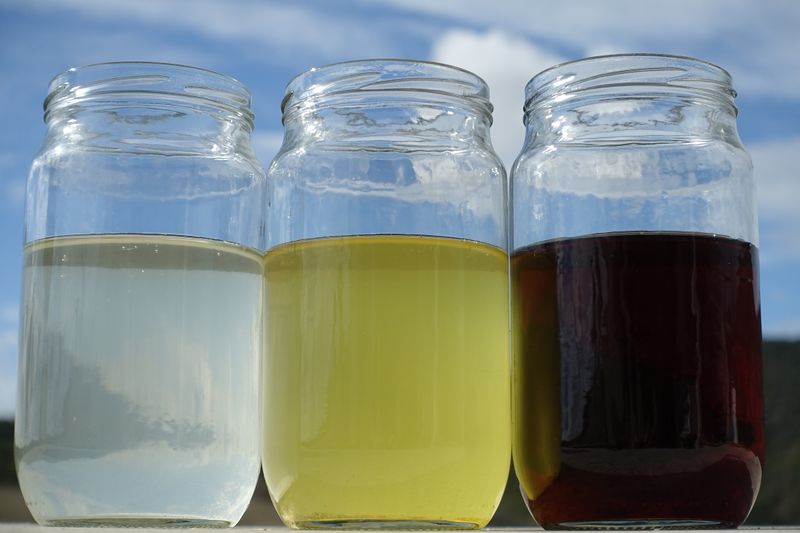(Page créée avec « ====''Little tips:'''==== ») |
(Page créée avec « *Blood: quickly rinse with COLD water, if necessary apply saliva (the enzymes eliminate the stain) or rub with bicarbonate. *Fruit and vegetables, lawn: scrape off excess,... ») |
||
| (2 révisions intermédiaires par le même utilisateur non affichées) | |||
| Ligne 73 : | Ligne 73 : | ||
}} | }} | ||
{{Notes | {{Notes | ||
| − | |Notes=====''Little tips: | + | |Notes=====''Little tips:''==== |
| − | * | + | *For white laundry, you can add a handful of percarbonate (with gloves on!!) to the machine drum. The whitening effect starts at 40°C. |
| − | * | + | *To save detergent (up to 50%) while washing better, you can use wash balls. Rather than buying them, you can use tennis balls, or any other "soft" ball that will withstand machine washing. For the sake of your machine's health and noise, avoid using golf balls! |
| − | * | + | *If you have very hard water and/or find that your ash detergent doesn't wash well enough, you can add 1 handful of bicarbonate per litre of detergent. |
| − | * | + | *As a softener, you can use white vinegar in the appropriate compartment. |
| − | * | + | *If you want to perfume your washing, you can either use "eau de linge", a spray based on a hydrolate or plant infusion, or add a few drops of essential oils to the detergent (although this would be a bit of a waste for these medicinal concentrates). |
| − | * | + | *For stubborn spots, don't hesitate to treat them as quickly as possible, before putting them in the detergent for greater effectiveness. |
| − | {{Idea| | + | {{Idea|Stain removal: }} |
| − | * | + | *Blood: quickly rinse with COLD water, if necessary apply saliva (the enzymes eliminate the stain) or rub with bicarbonate. |
| − | * | + | *Fruit and vegetables, lawn: scrape off excess, rinse with cold water then apply vinegar. Leave for 15-30 minutes, then wash with Marseille soap. |
| − | * | + | *Mud: leave to dry, then rub off excess. Then wash with soap and, if stubborn, add a little white vinegar or lemon juice to the stain before putting in the washing machine. |
| − | * | + | *Soap, charcoal, fuel oil: rub with a greasy substance (oil, butter) and blot up as much excess as possible, then rub with black or Marseille soap. |
| − | * | + | *Grease/oil: apply starch (flour, cornflour), earth or clay to absorb the excess, then wash with black or Marseille soap. |
<br /> | <br /> | ||
Version actuelle datée du 20 juin 2024 à 15:09
Description
A free laundry recipe that doesn't need heating, keeps for several months and even acts as a fertiliser! This base can also be used to clean floors and dishes.
Introduction
Ah laundry detergent, those famous adverts and the very smelly detergent dispenser! It can sometimes be a headache to find the detergent that's right for you (suitable for your clothes/sensitive skin, perfumed but not too much, with ingredients that aren't too allergenic or bad for the environment...). The problem is that the ingredients listed on detergents and cleaning products are very limited: you'll often find "contains ionic and anionic agents", but it's hard to find anything more vague than that! Especially as commercial detergents are often expensive, and organic or ecological detergents are no more transparent about their composition (even if some claim to contain 100% natural or plant-based detergents). In any case, buying commercial detergents means producing a lot of waste, especially if you use plastic bottles, tablets or cans. In this tutorial, I'll show you a quick, easy and economical way to make your own 100% biodegradable washing powder!
Advantages: Single-ingredient, can be made without heating, natural fertiliser, no odour and doesn't obstruct drains, free because you can use a "waste product" from wood fires. Unlimited conservation thanks to the basic pH.
Disadvantages: not suitable for delicate laundry, tends to make white laundry dull in the long term (can be made up with percarbonate), for the garden be careful because pH basic.
The large majority of detergents used are based on products containing sodium as the active agent, which once released into the environment is not only alkalinising (increases the pH) but also salinising in the long term. One of the great advantages of ash detergents is that the active ingredient is potash (the ionic form of potassium, the K in the famous N-P-K tryptic of agricultural fertilisation). Even if the discharge from your washing water continues to be alkalinising, it will fertilise your environment with an element that is often forgotten by gardeners and is harder to provide than nitrogen !
How does it work ? After stirring, the liquid is loaded with potassium salts. In the washing machine, when it comes into contact with the grease on the dirty clothes, this potash is transformed into soap. Basically, the more grease there is, the better it washes !
Étape 1 - Screening
Once the ash has been collected, take the time to screen it over a bucket to eliminate anything that is not ash and could float ( charcoal, wood) or sink ( metal from the crates etc).
Be careful, the fine dust from the ash can irritate the eyes and lungs. You can wear a mask and goggles if you feel uncomfortable. For your own comfort, try to stand outside in a place sheltered from the wind.
Étape 2 - Maceration
Pour into a large bucket or bin with a lid (to prevent rain and other outside elements from falling in).
- 1 part sieved ash
- 2 parts water
Stir well and leave to macerate for at least 48 hours, stirring occasionally if possible. You can forget about this maceration for several days/weeks/months, as it will continue to concentrate until it stabilises.
Étape 3 - Filtration
This step is not necessary - you can just use the macerating bucket and take the volume of detergent you need from the surface, making sure you let the ash settle to the bottom.
If you want to filter, take a clean cloth, gloves and a bucket. After filtering in a large bucket/pan, it's easier to transfer the detergent into a bottle/jug with a funnel.
The colour can vary according to the filtering: transparent or yellow/brown. Simply allow to settle and remove any remaining charcoal before mixing with water.
Notes et références
Little tips:
- For white laundry, you can add a handful of percarbonate (with gloves on!!) to the machine drum. The whitening effect starts at 40°C.
- To save detergent (up to 50%) while washing better, you can use wash balls. Rather than buying them, you can use tennis balls, or any other "soft" ball that will withstand machine washing. For the sake of your machine's health and noise, avoid using golf balls!
- If you have very hard water and/or find that your ash detergent doesn't wash well enough, you can add 1 handful of bicarbonate per litre of detergent.
- As a softener, you can use white vinegar in the appropriate compartment.
- If you want to perfume your washing, you can either use "eau de linge", a spray based on a hydrolate or plant infusion, or add a few drops of essential oils to the detergent (although this would be a bit of a waste for these medicinal concentrates).
- For stubborn spots, don't hesitate to treat them as quickly as possible, before putting them in the detergent for greater effectiveness.
- Blood: quickly rinse with COLD water, if necessary apply saliva (the enzymes eliminate the stain) or rub with bicarbonate.
- Fruit and vegetables, lawn: scrape off excess, rinse with cold water then apply vinegar. Leave for 15-30 minutes, then wash with Marseille soap.
- Mud: leave to dry, then rub off excess. Then wash with soap and, if stubborn, add a little white vinegar or lemon juice to the stain before putting in the washing machine.
- Soap, charcoal, fuel oil: rub with a greasy substance (oil, butter) and blot up as much excess as possible, then rub with black or Marseille soap.
- Grease/oil: apply starch (flour, cornflour), earth or clay to absorb the excess, then wash with black or Marseille soap.
Published




 Français
Français English
English Deutsch
Deutsch Español
Español Italiano
Italiano Português
Português